A Scenario For a Silent Play
Sébastien Rémy avec Marcel Devillers et Marion Vasseur Raluy
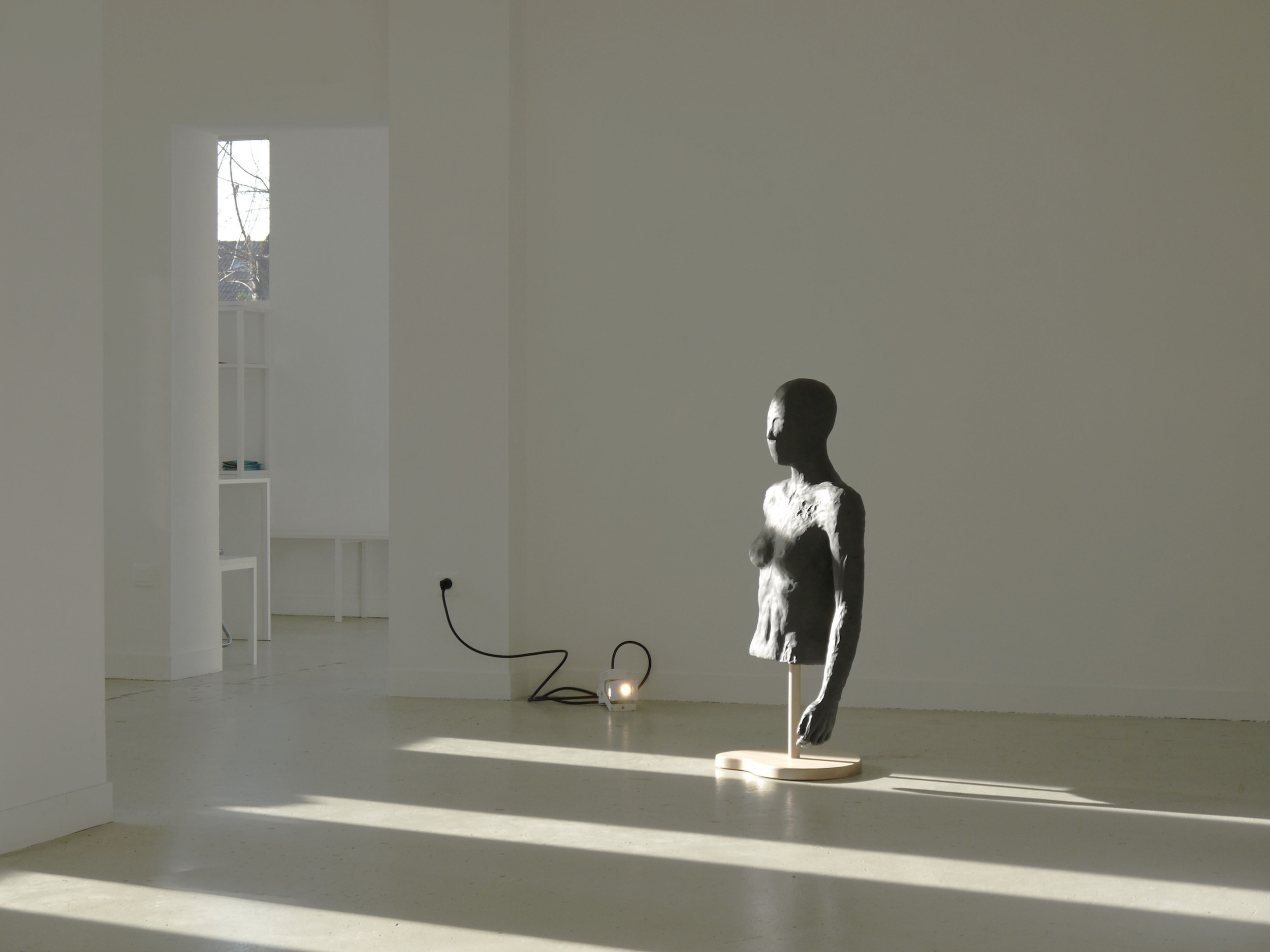
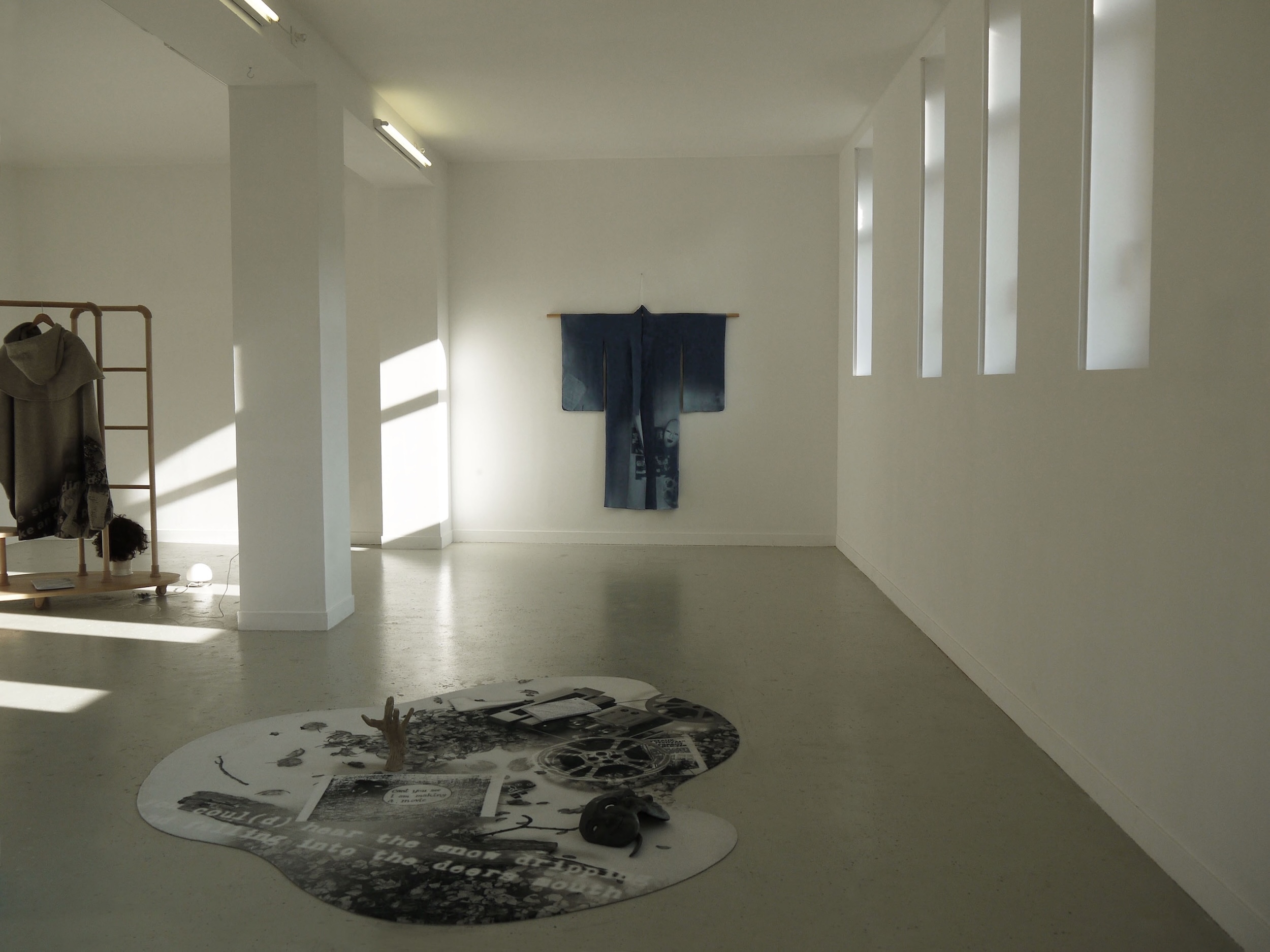
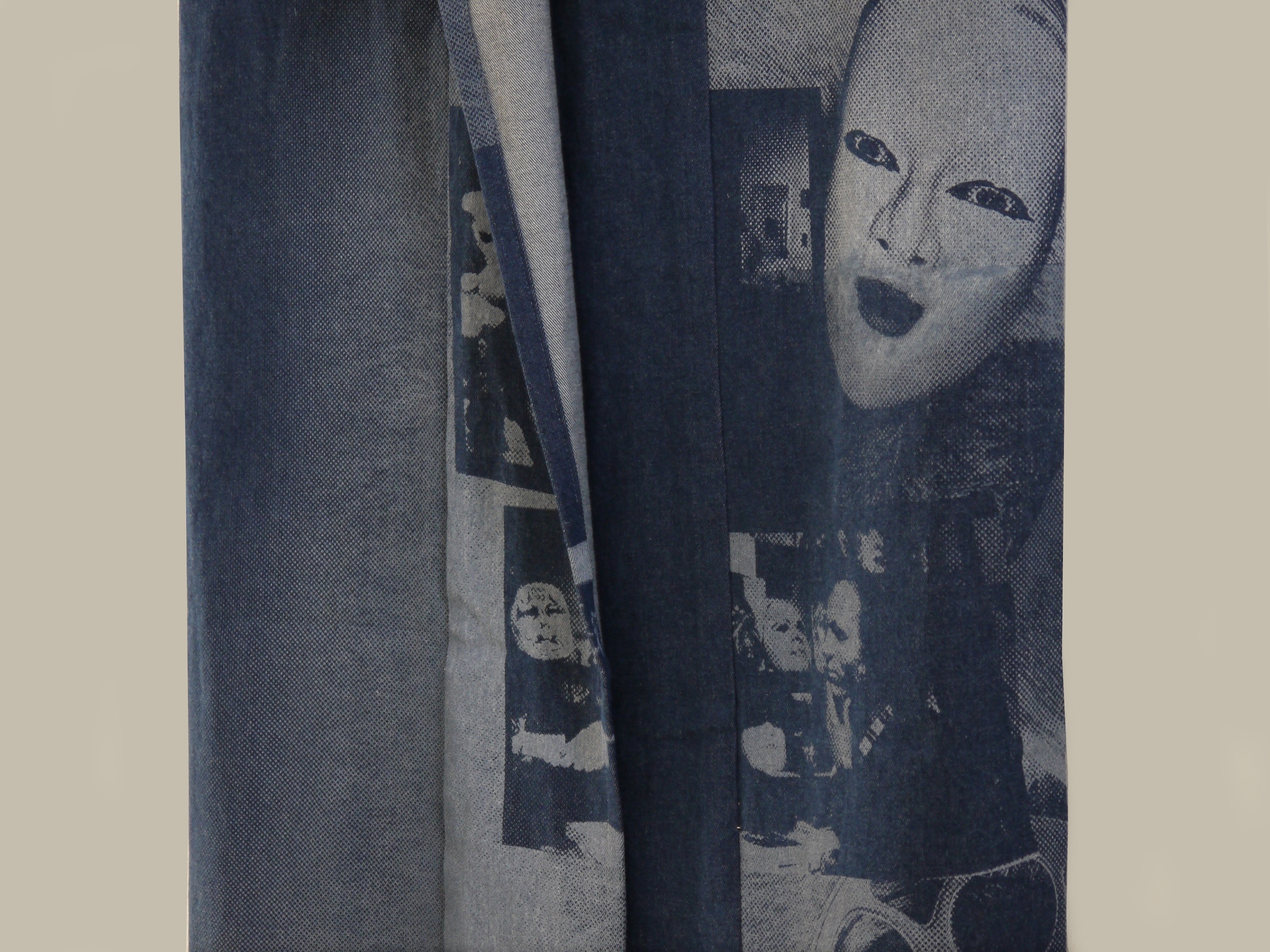
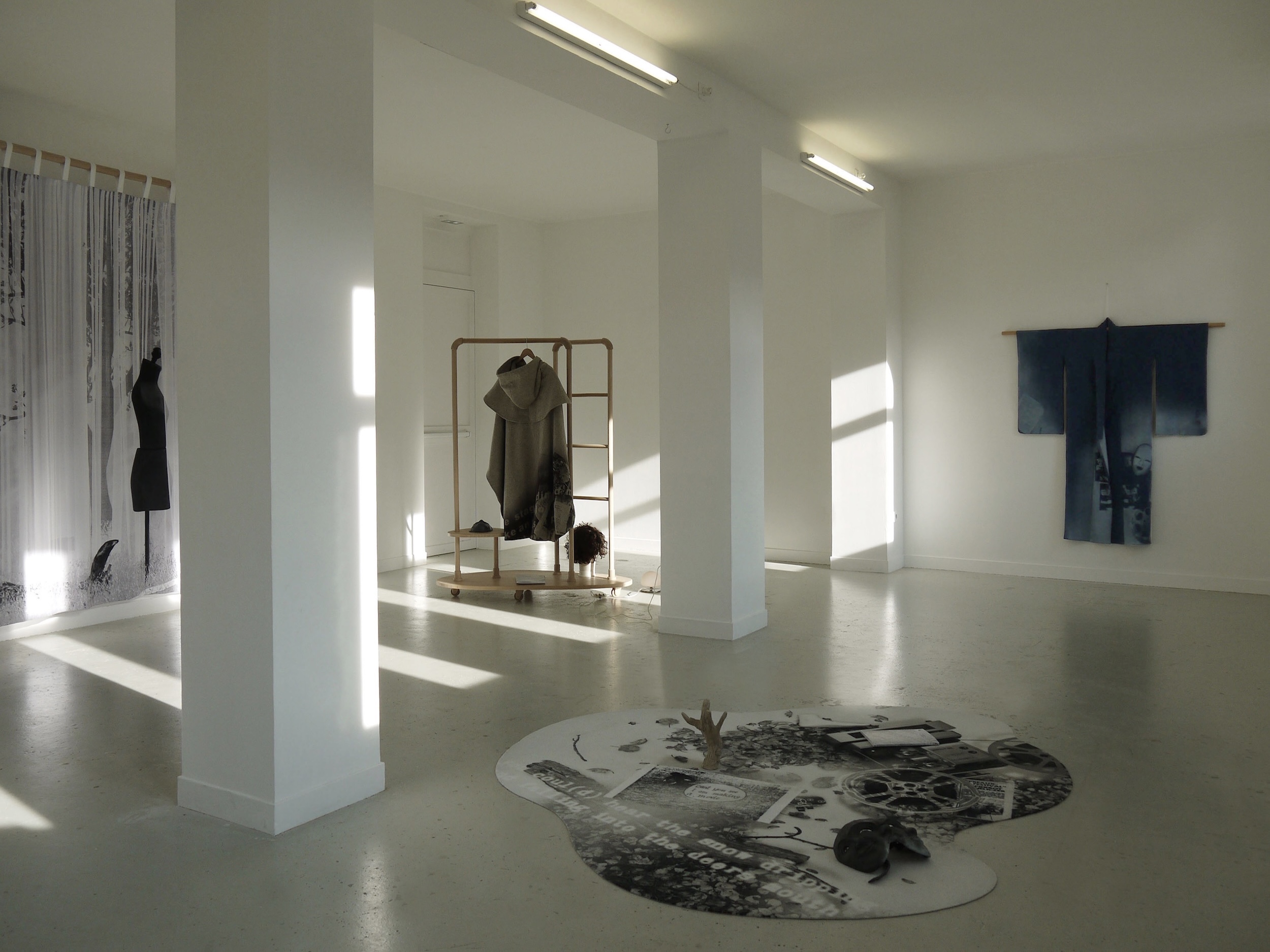
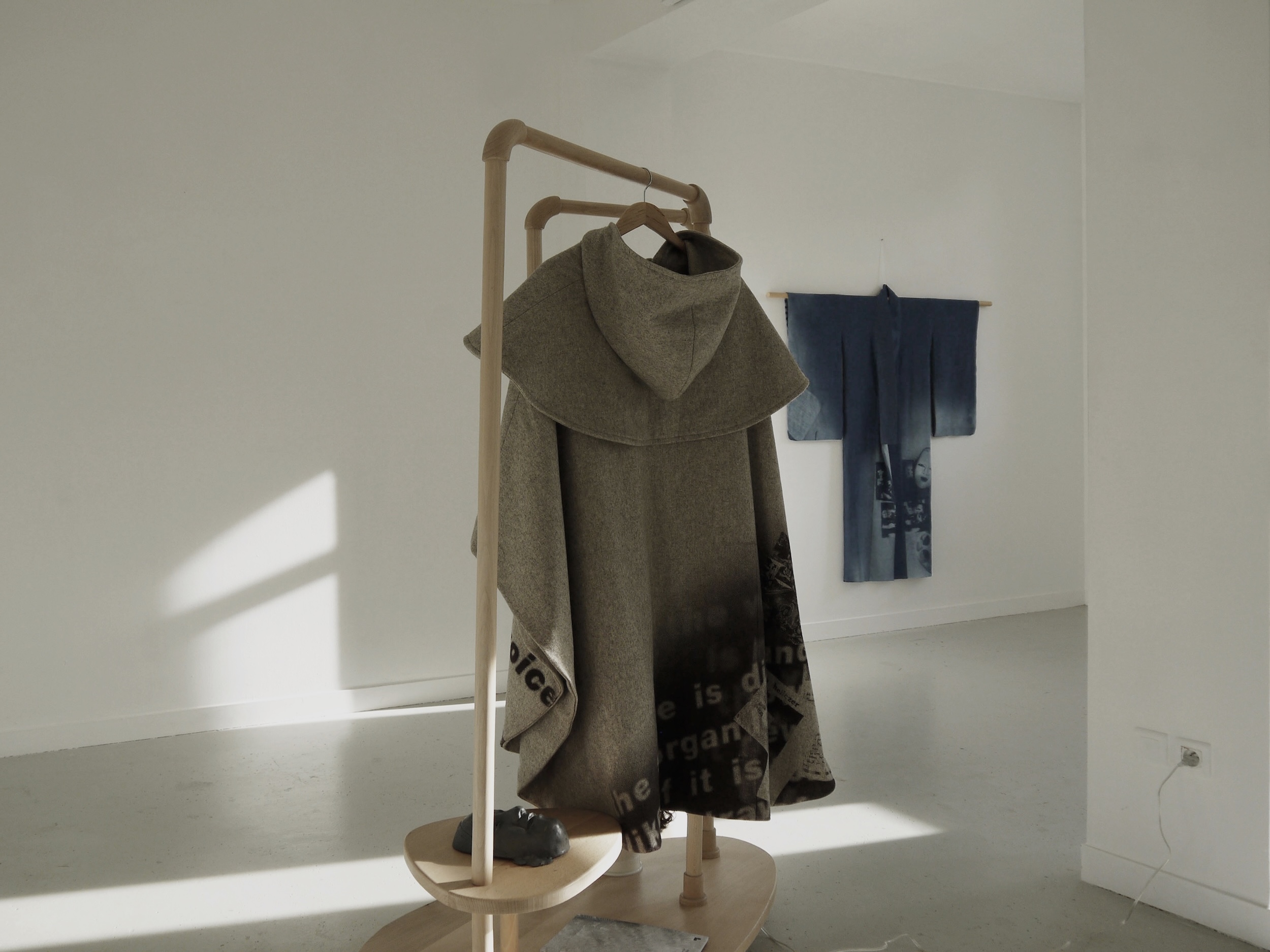
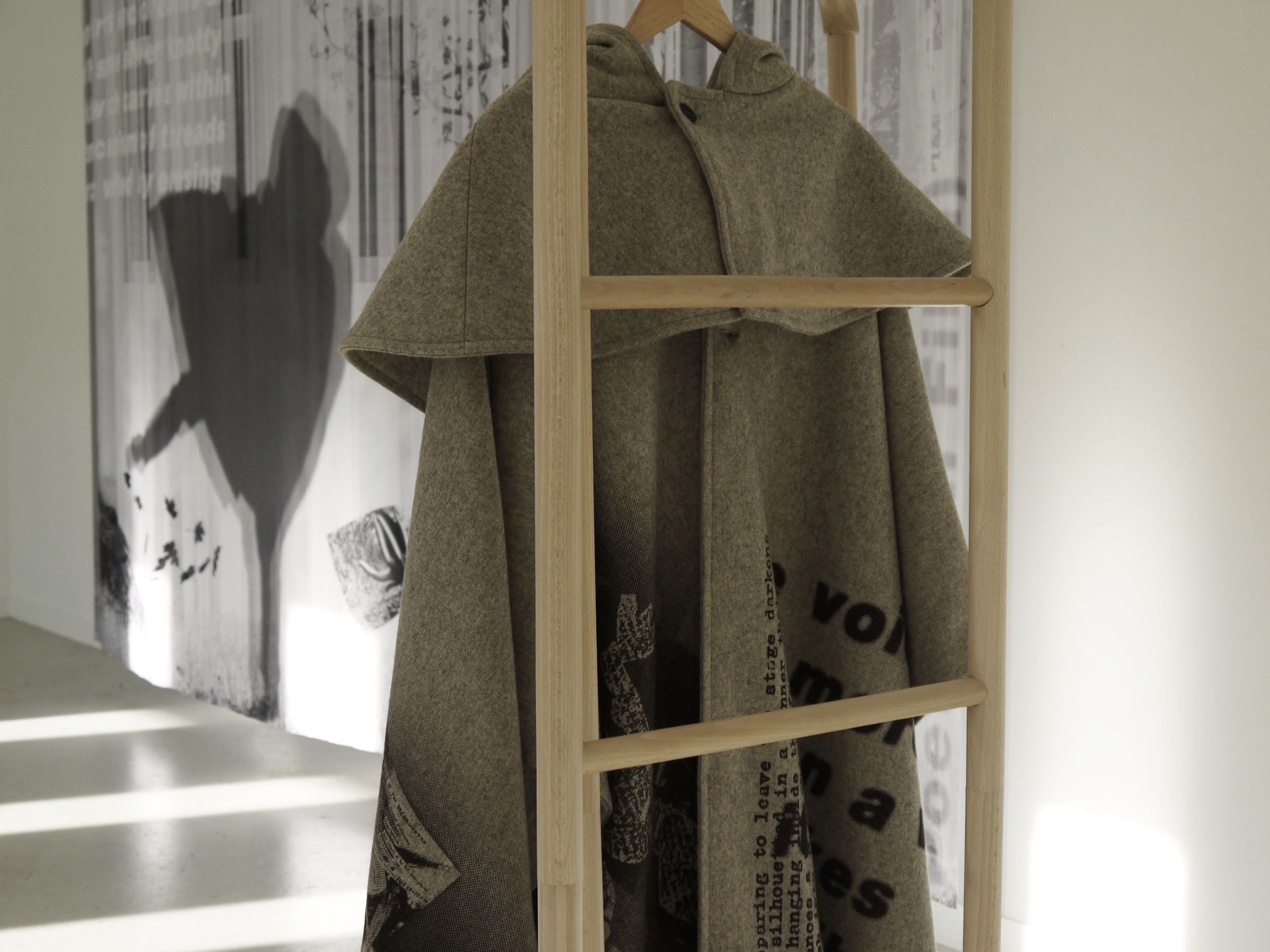
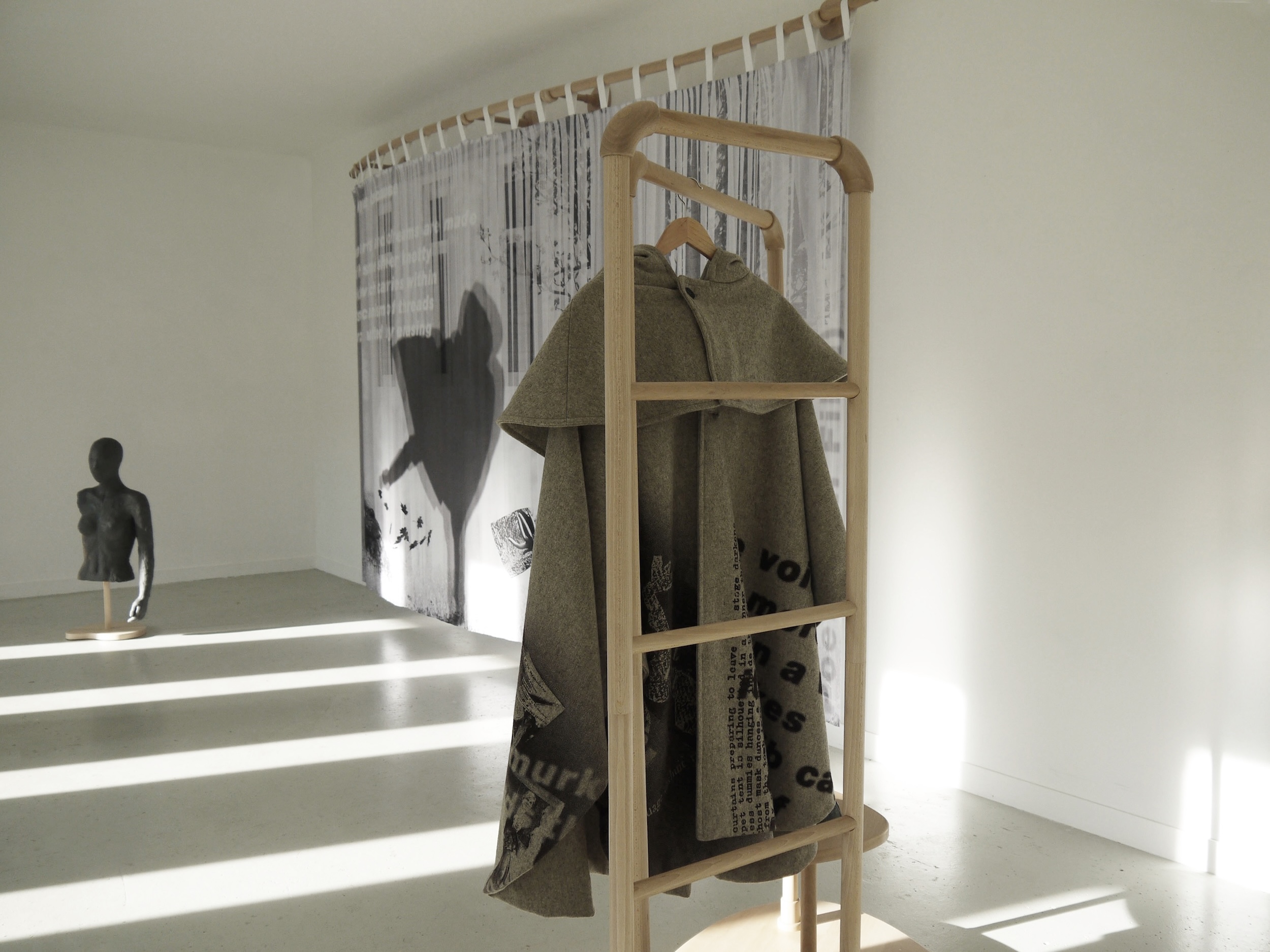
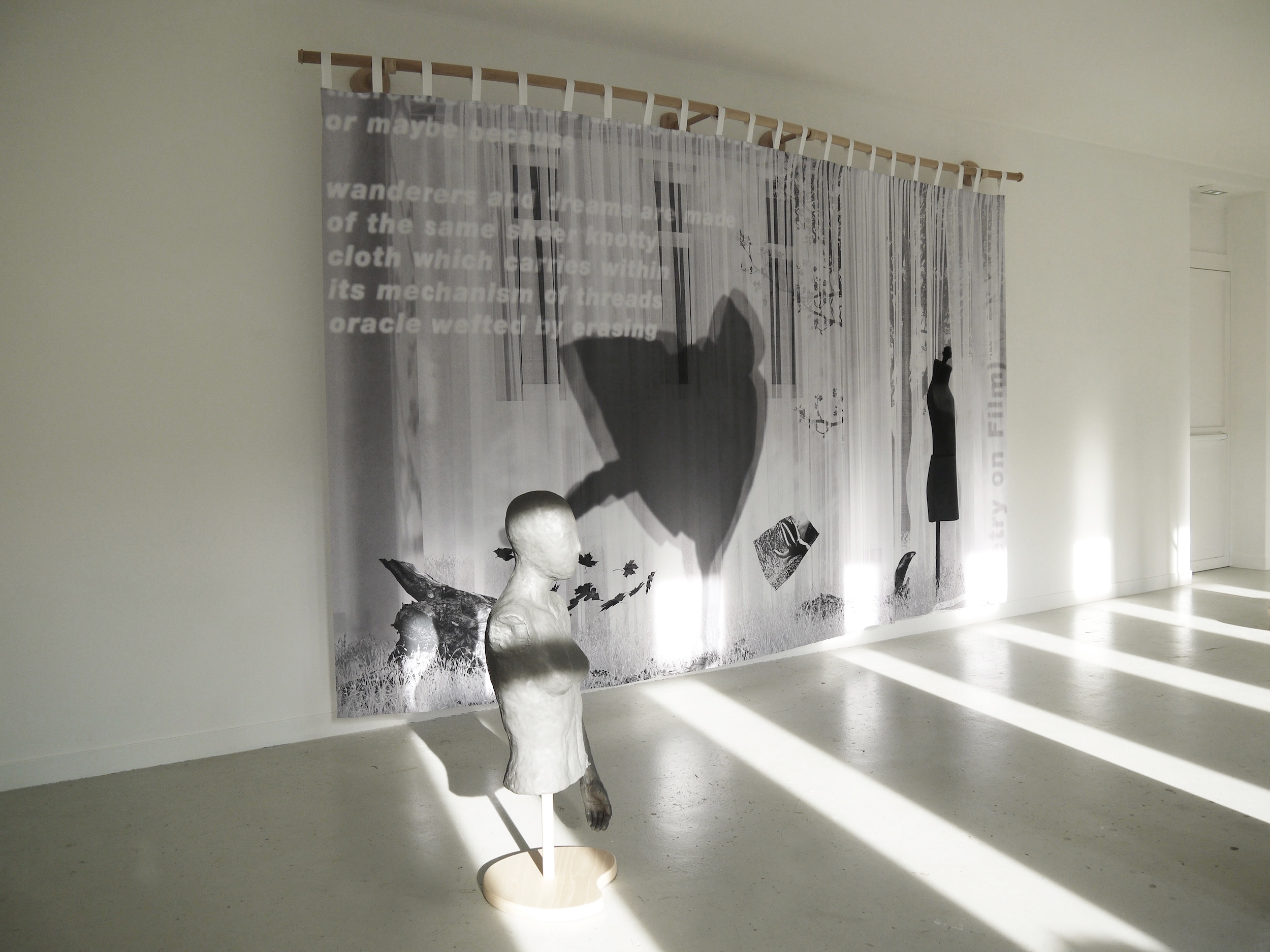
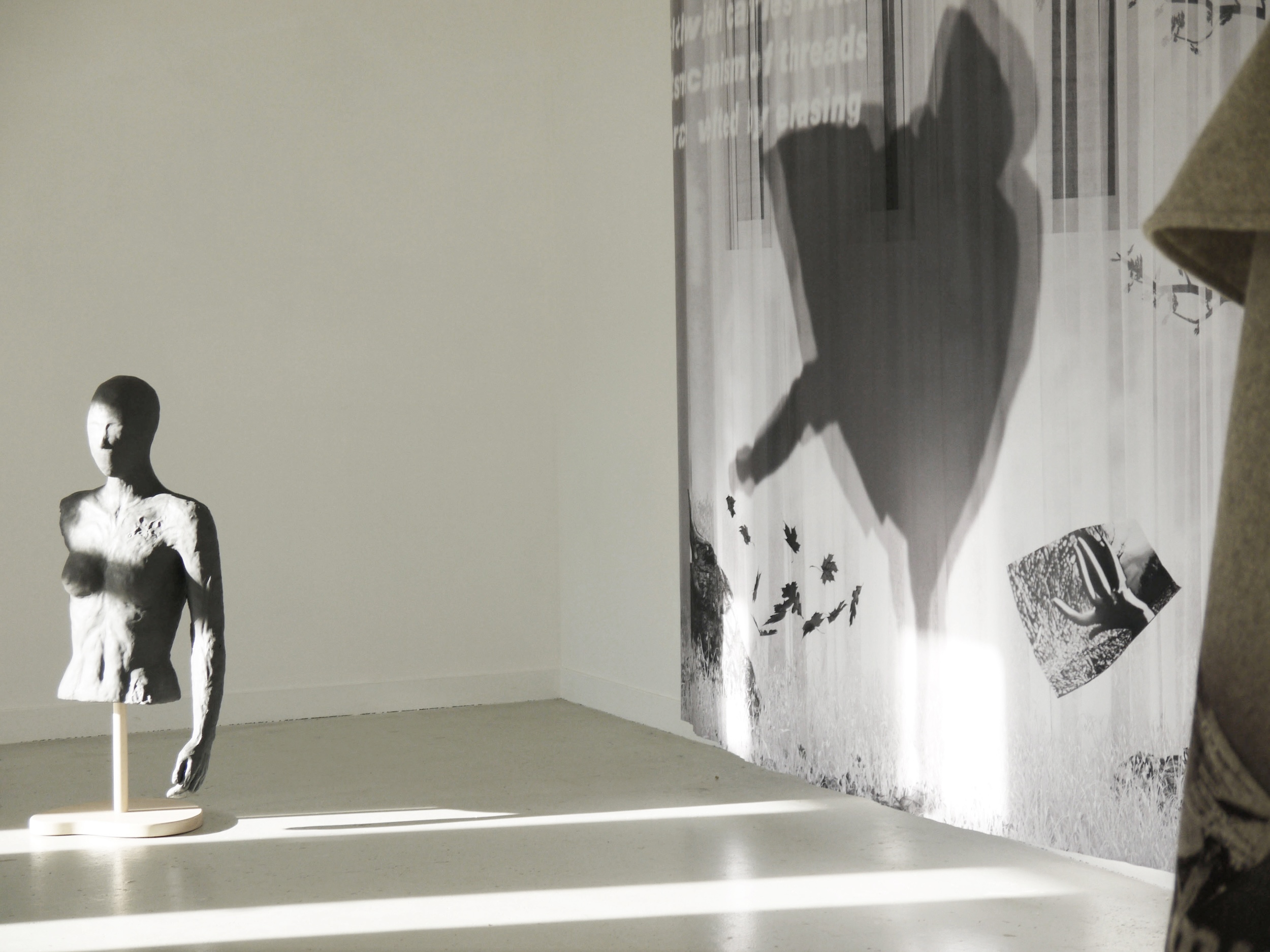
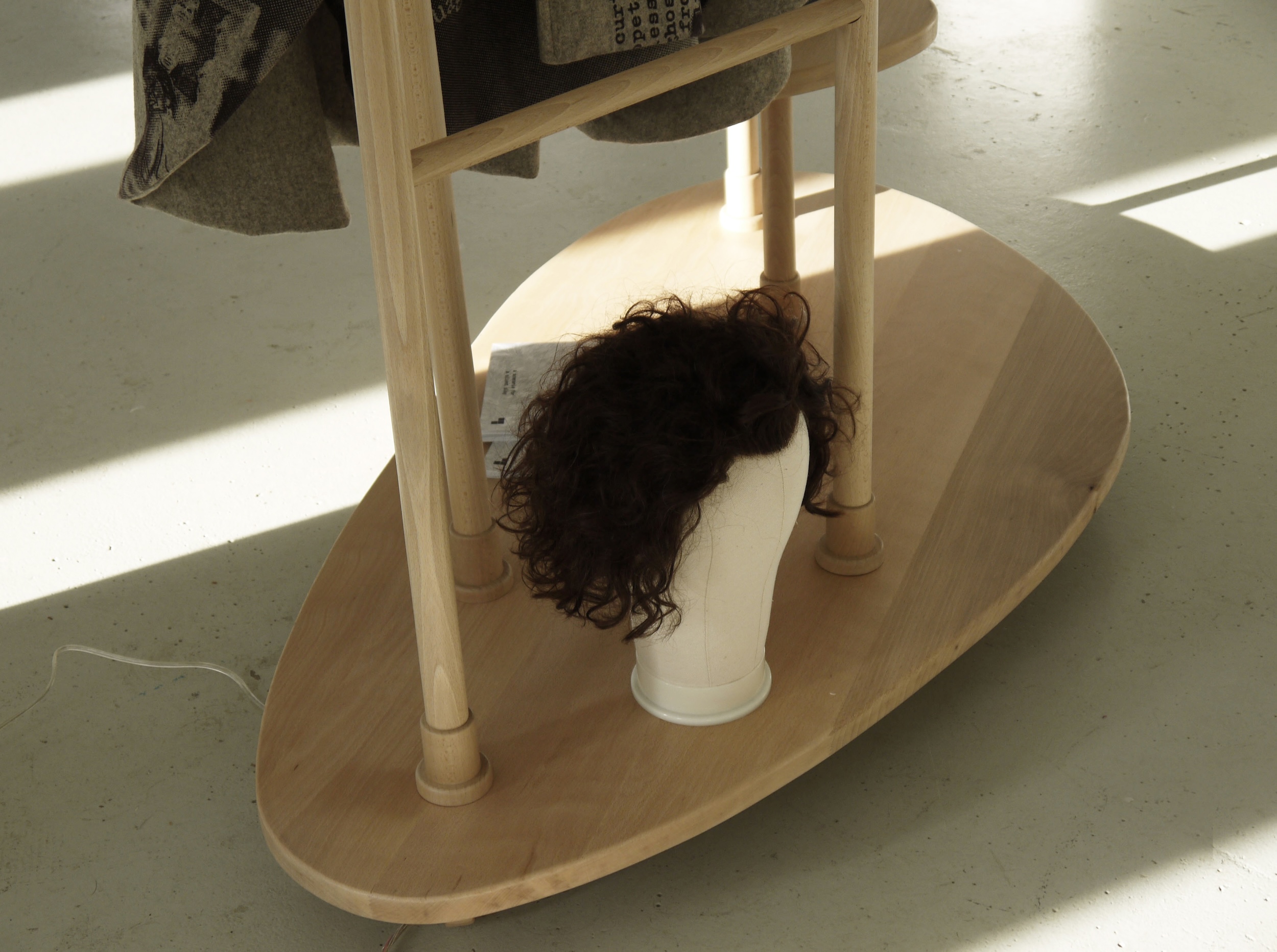
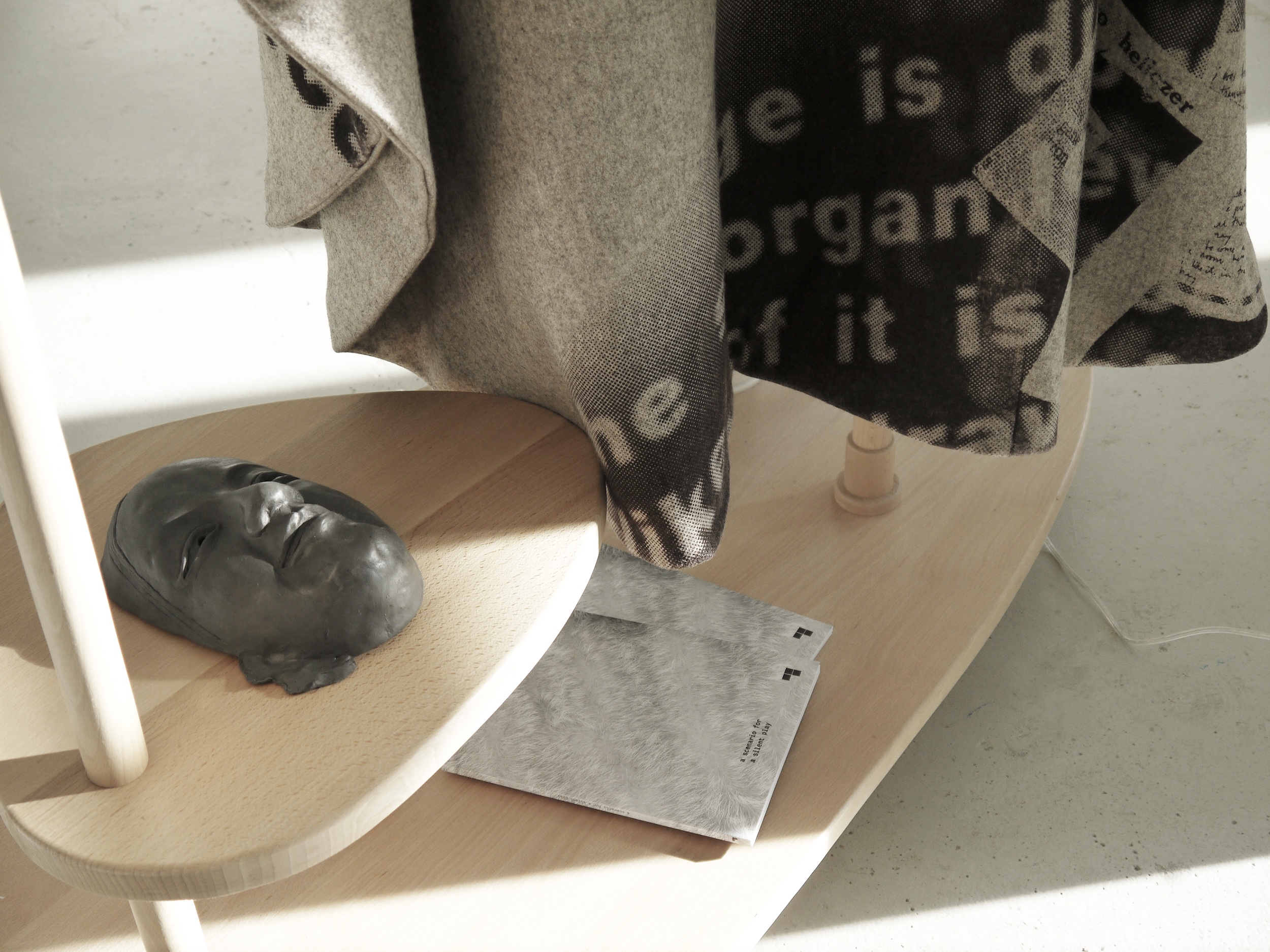
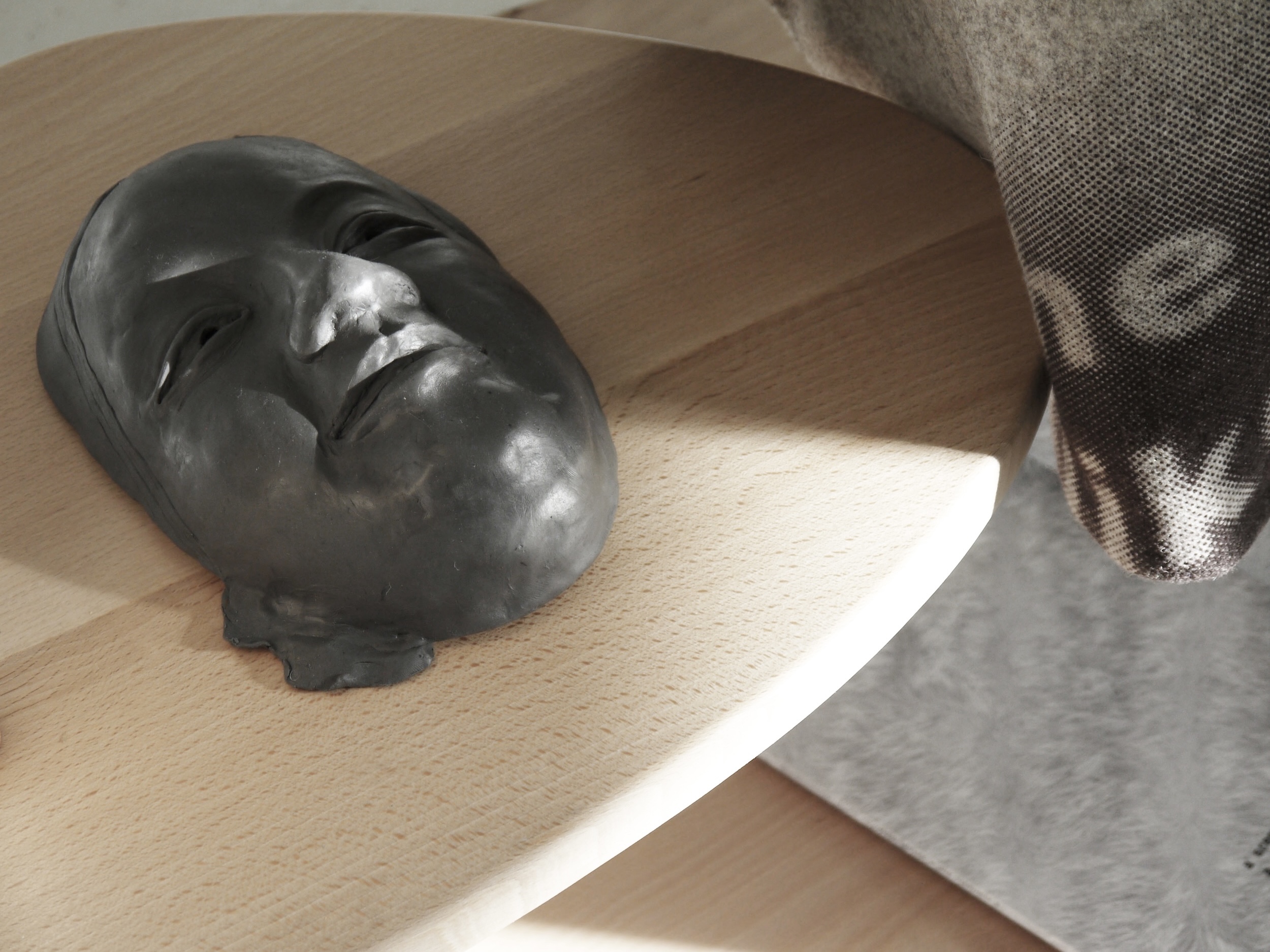
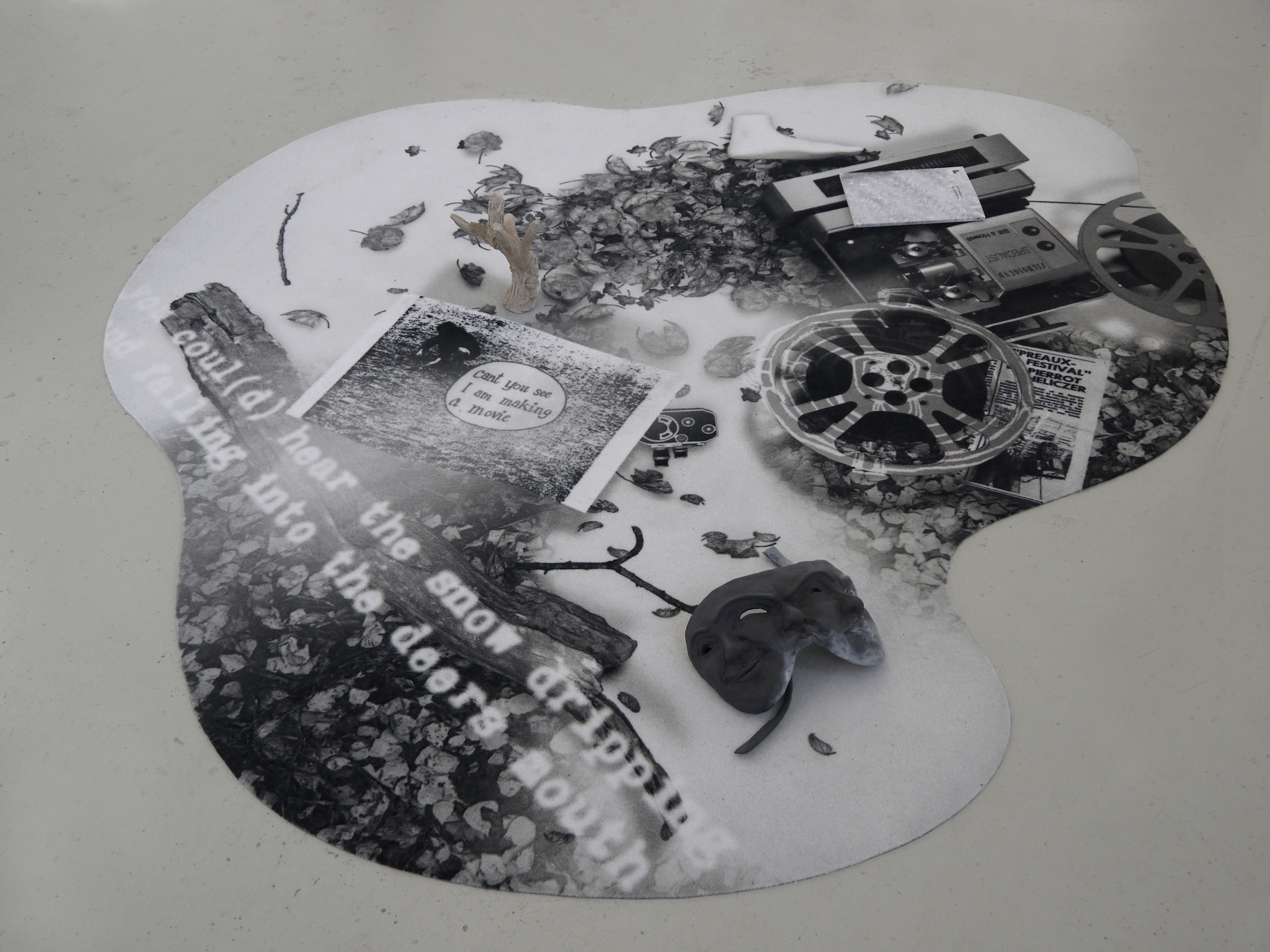
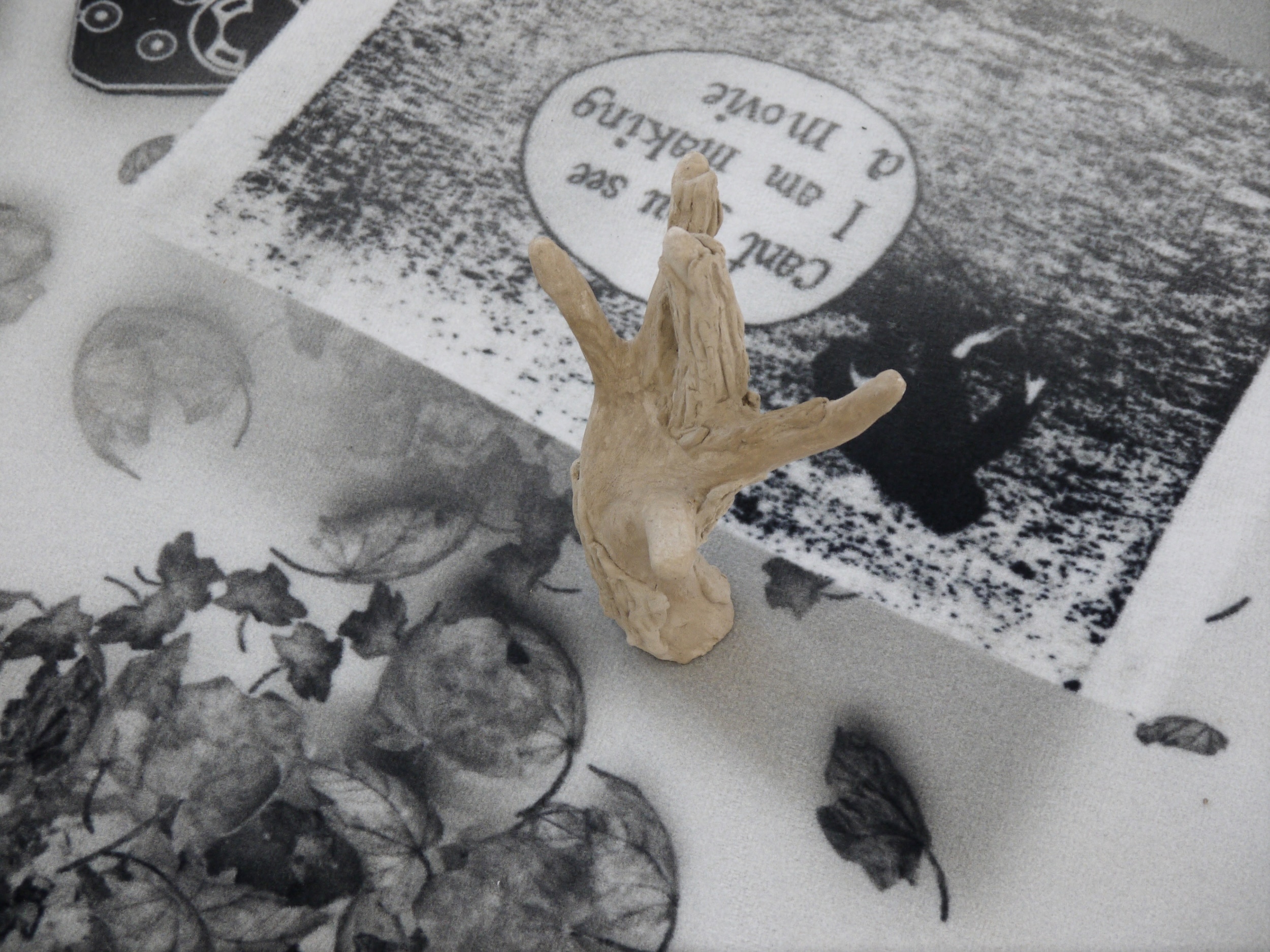
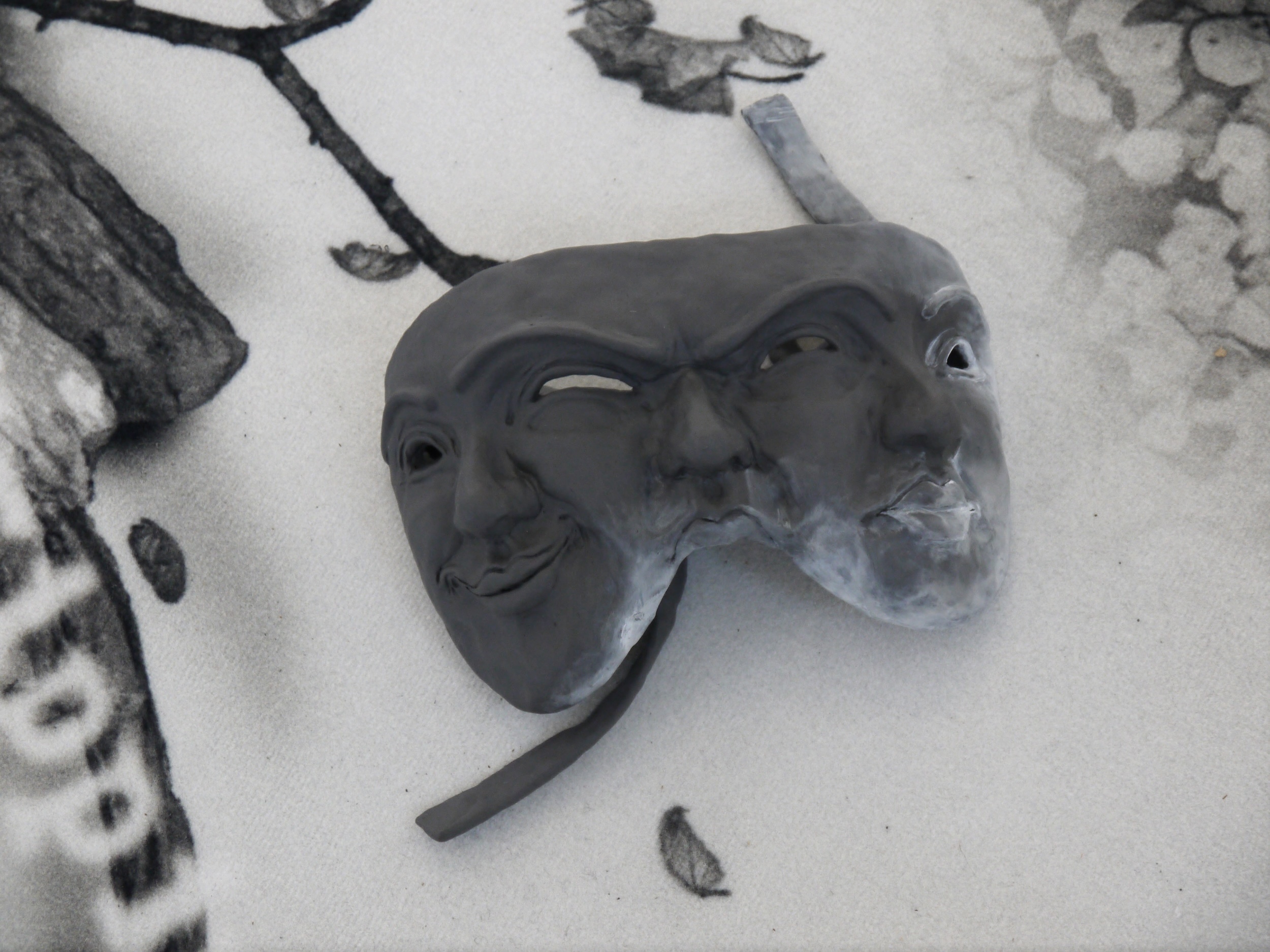
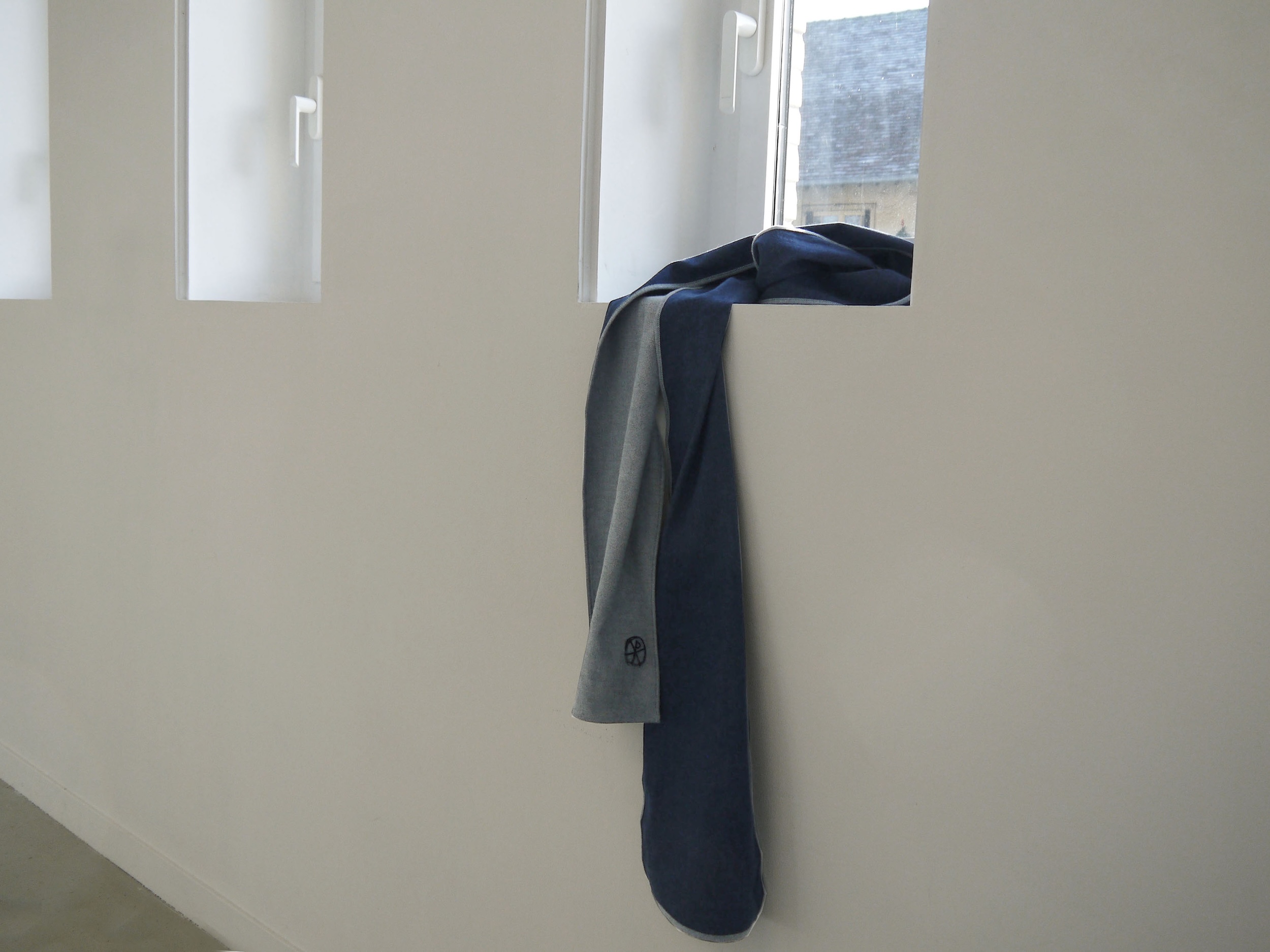
“I start with the props. They are the heroes of this book. […] The props therefore play the leading role, the characters inhabit them for a moment, then disappear, only to (some of them) reappear later. […] Certain words or phrases also take on this role of hero, used briefly by men, by zeros: that empty figure that fills up and empties again right away. From the beginning, establish the main props that will dominate: a voice, a garment, a grand hotel, a film, a silhouette leaning back and laughing, the elusive and haunting figure of Lenin like a specter, etc. In the end, again, all of this remains empty, a sequence of words.”
[Jean-Jacques Schuhl, Télex n°1, 1976]
As in this passage from Jean-Jacques Schuhl’s novel, one might imagine a setting in which the props carry the narrative. “I start with the props. They are the heroines and heroes of [this exhibition].” They come to life for a moment, animated by the observer, who lends these signs identities, experiences, and plausible plots—before they fade away, silent, awaiting renewed projections.
The setting: the backstage of a performance, filled with silhouettes and words.
The time: it is both night and day—refusing to choose—an atmosphere of shifting light, ranging from vivid, nearly tangible shades of yellow (the day is bright as urine) to a cosmetic reddish pink (there is blushing despite the dark).
The protagonists: a printed piece of fabric, costumes, a wig, a clothes rack, an ancient symbol, masks upon masks upon masks. Their expressions and genders are ambiguous.
About a year and a half ago, Sophie Vinet, director of Les Bains-Douches, invited me to take part in a residency, offering a new perspective on the archive she has been developing since 2011 around Piero Heliczer—a collection of texts, magazines, posters, ephemera, and correspondence.
An editor, poet, filmmaker, actor, and child star in Mussolini’s Italy, Heliczer was the founder of the Paris Filmmakers Cooperative and an heir to the Beat Generation writers. Although he stands at the intersection of the histories of poetry, cinema, and counterculture, he remains a marginal figure, a kind of meteor, appearing mainly by ricochet in the biographies and studies of others (Warhol, the Velvet Underground, Gerard Malanga, etc.).
In the vast documentation preserved at Les Bains-Douches, featuring names with singular paths—such as Angus MacLise, Gregory Corso, or Jack Smith—it was difficult to follow a single thread. During these months of research, I followed several, with a particular interest in the plays Heliczer wrote.
Rare, these are gathered into three collections published in 1971, each distinguished by the color of its cover: blue, green, or yellow. This exhibition draws inspiration from these plays, as well as from the figures, motifs, and obsessions that inhabit his poems, films, and collages.
Echoing the movements at play in Heliczer’s writings—duplications, disguises, successive incarnations of a single identity through multiple bodies, organic or otherwise—several authors were invited to bring their voices into the exhibition, to clothe the props—the silent heroines and heroes of this exhibition—with their words.